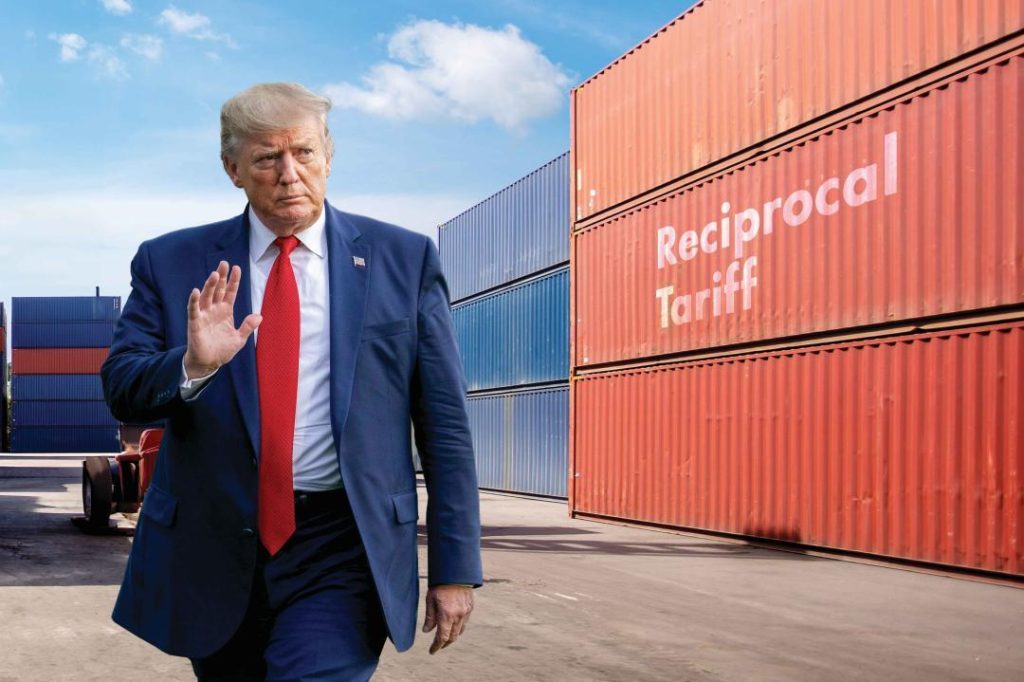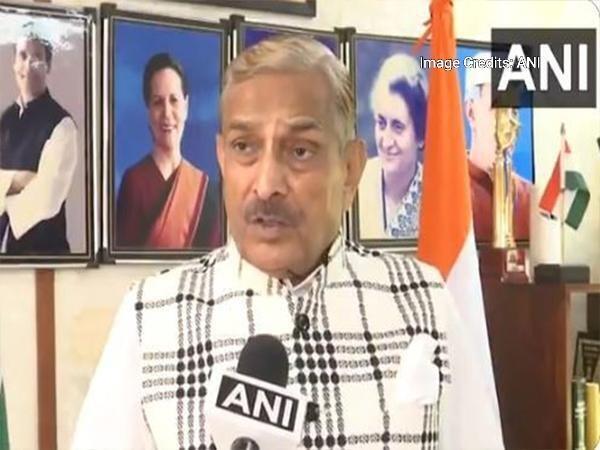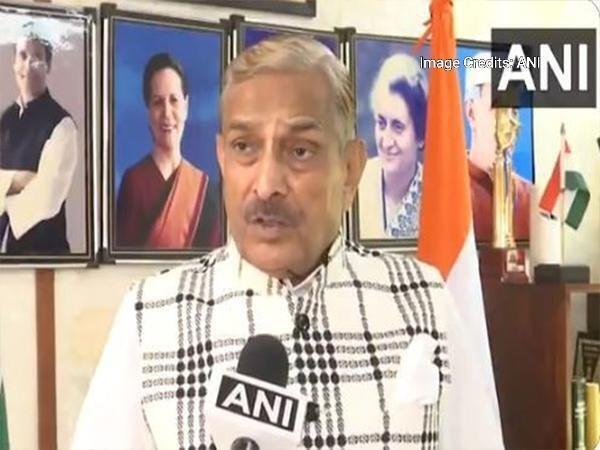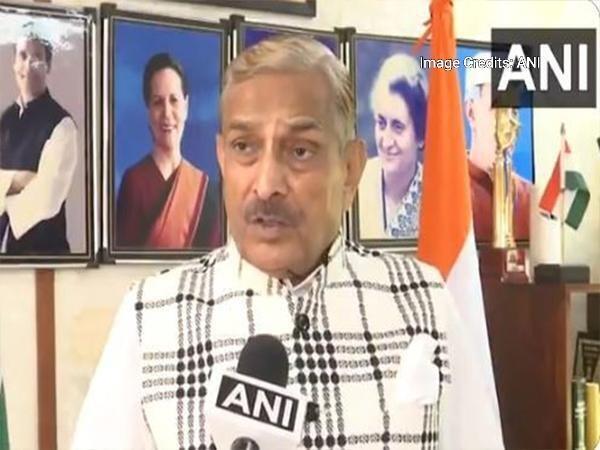
The Great Tariff War: Disruption, Diplomacy, & the Future of Trade
The world is witnessing a new era of trade tensions, marked by a series of tariff hikes and retaliatory measures between the United States and its trading partners. The latest chapter in this saga unfolded when the United States announced a new set of tariffs on Chinese goods, sparking a trade war that has far-reaching implications for global trade and commerce. Amidst this backdrop, India is emerging as an alternative to China, offering a new opportunity for the country to strengthen its position as a global manufacturing and logistics hub.
In recent months, the United States has imposed tariffs on a wide range of Chinese goods, including steel, aluminum, and consumer products. The move was aimed at addressing alleged unfair trade practices by China, including intellectual property theft and forced technology transfer. China retaliated with tariffs on American goods, including soybeans, automobiles, and aircraft. The tit-for-tat tariffs have led to a surge in prices, affecting both domestic and international trade.
The tariff announcement comes amid ongoing trade negotiations between the United States and India, with a focus on finalizing a bilateral trade agreement that targets a $500 billion trade goal by 2030. The Indian government has been actively engaging with the US to resolve trade issues, including tariffs on American goods such as almonds, apples, and wine. A successful agreement would not only boost bilateral trade but also provide a much-needed boost to India’s economy.
The trade tensions have also led to a shift in global supply chains, with companies looking for alternative manufacturing and logistics hubs. India is emerging as a prime beneficiary of this trend, given its strategic location, skilled workforce, and favorable business environment. The country’s manufacturing sector has been growing rapidly, driven by government initiatives such as Make in India and the production-linked incentive (PLI) scheme.
India’s emergence as a global manufacturing hub is not new. The country has been actively promoting its manufacturing sector, with a focus on high-tech industries such as pharmaceuticals, automobiles, and electronics. The government has also been investing heavily in infrastructure development, including ports, airports, and logistics facilities, to support the growth of the manufacturing sector.
The shift in global supply chains presents both opportunities and challenges for India. On the one hand, the country can benefit from increased investment and job creation, as well as improved trade relations with other countries. On the other hand, India will need to address issues such as infrastructure development, skilled workforce, and regulatory frameworks to support the growth of its manufacturing sector.
The tariff war has also led to a renewed focus on regional trade agreements, with countries seeking to diversify their trade relationships and reduce dependence on a single market. The Regional Comprehensive Economic Partnership (RCEP), which includes 15 Asian countries, is a prime example of this trend. The agreement aims to create a massive free trade zone, covering 30% of global GDP and 25% of global trade.
In conclusion, the great tariff war has disrupted global trade patterns, leading to a shift in supply chains and a renewed focus on regional trade agreements. India is emerging as an alternative to China, offering a new opportunity for the country to strengthen its position as a global manufacturing and logistics hub. The country will need to address issues such as infrastructure development, skilled workforce, and regulatory frameworks to support the growth of its manufacturing sector.
Source: https://www.logisticsoutlook.com/supply-chain/the-great-trump-tariff-war






